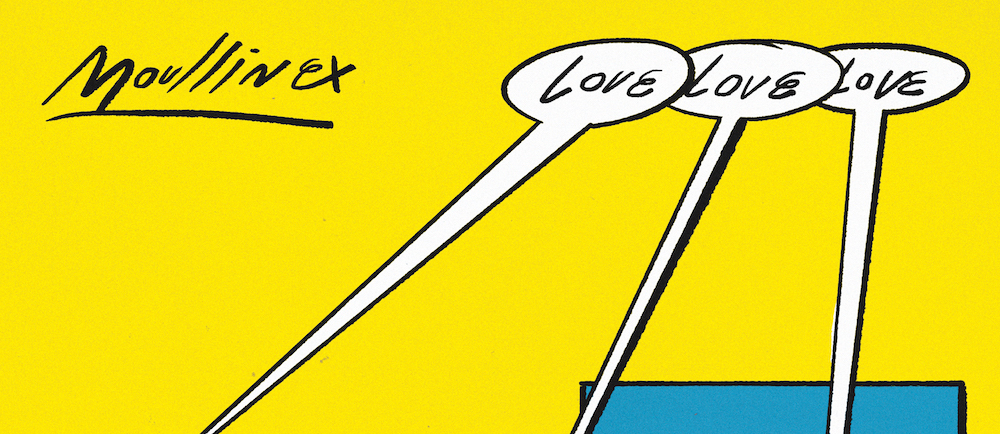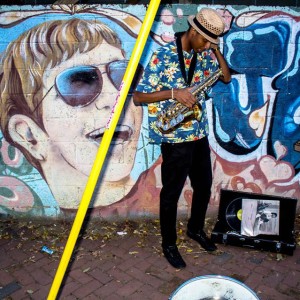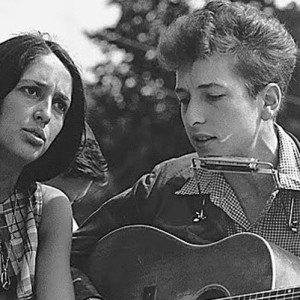Portuguese DJ Moullinex, aka Luis Clara Gomes, says he’s never been a good dancer. “But I like to participate,” he tells us. “That’s probably how I became a DJ.”
What does his latest music video, titled “Love Love Love”, have to do with bad dancing? Plenty, actually.
Part film clip and part social experiment, the concept was simple: a bunch of people responded to an open casting call on Craigslist and were invited to audition for a dance part in a music video. The catch? They were blissfully unaware that the auditions themselves would become the final footage.
Since the project was open to anyone and everyone – amateurs and professionals alike – the results are both joyfully awkward and irresistibly endearing. As the dancers shed their inhibitions and succumb to the music, we as the viewer feel encouraged to do the same.
“Dance is the ultimate expression of happiness,” says Moullinex. “I think direct, unfiltered human emotions are a scarce commodity in this digital age, but against all odds dance still resists. We’re still drawn to a dark room, to a crowd of strangers, and there we seek love, friendship, or just a good time.”
It helps that the song itself is a beacon of dance-floor positivity. A flute melody flits like a hummingbird across the bars, underscored by funk guitars and the obligatory disco synths. And then there’s the uplifting lyrics, delivered with dreamy reverb: love, love, love, don’t be afraid to fall in love… share your love, love, love.
The video is given another layer of depth when the participants are asked questions about dancing. These questions are like wedges that drive into the human cracks and force them to open up further, pouring out answers that turn the video into a surprise tribute to the power of dance.

In just a few words and some awkward dance moves we can be reminded that it’s possible to have an instant connection with someone we’ve just met, so long as there’s a rhythm to bind us together. Or that other peoples’ foot-shuffling joy is infectious, something we see from the sidelines and can’t help wanting to be a part of.
In a project where even the team behind it didn’t know what to expect, this was a very positive outcome. “We planned to create an environment where people would let go of some social constraints, where they would feel compelled to let go. But it could have been a failure,” says Moullinex. “We’d still achieve a result from the experiment, but it would have been a sad one. But our first instinct was confirmed: people will come together if given a little nudge.”
Would the dancers have acted the same if they’d known the footage was final? That’s the brilliance of the concept: in this environment that Moullinex, director Bruno Ferreira, and their team created, participants had both the incentive to let themselves go and the permission to do it, free of the self-consciousness that their dancing would be viewed by tens of thousands of people on YouTube.
Moullinex agrees. “The will to get the part in the casting call was a powerful driving force behind their spontaneity, as ironic as this might sound. Had the participants known the footage would be in the final video, they would probably feel less comfortable in putting themselves in an awkward position, outside their safe space.” He adds that there was another interesting result: “Even when asked to do some awkward tasks, most of them reported they felt really happy in the end.”
But we shouldn’t really be surprised. After all – such is the power of dance.
Moullinex’s new album will be released this fall. You can follow him on Soundcloud, Facebook, Instagram or Twitter.











Leave a reply